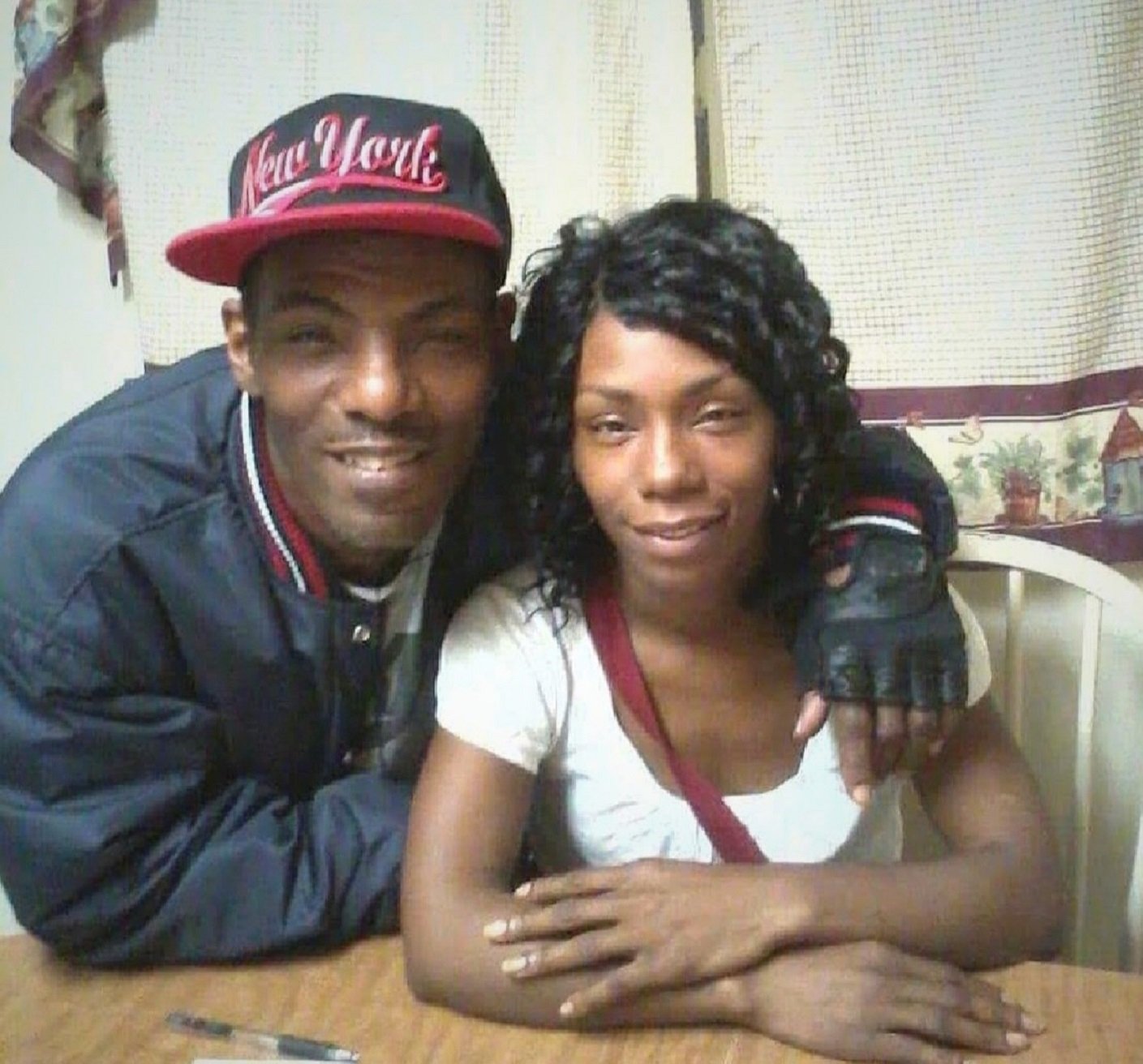
It took Lamekia Dockery six days to die a slow and agonizing death from sepsis resulting from an untreated perforated ulcer. Guards at the Elkheart County Community Corrections Work Release Facility in Goshen, In., where she was incarcerated, were well aware of her piercing screams and pleas to be taken to the hospital. They alternately ignored and punished her. Only fellow prisoners offered her medication. An official investigation whitewashed the death, absolving the jail and the guards of any wrongdoing.
Lamekia Dockery was 36 years old when she died, known by those she loved as “Mekia.” She was the mother of five children.
There are many Lamekia Dockerys. Every week, life-and death situations are played out in medically understaffed facilities where people are held for minor transgressions or because they can’t afford bail. Preventable deaths in privately run jails with no medical personal are barely noted, and details are deliberately blurred to hide responsibility. Dockery’s wrongful and untimely death would also have also remained unknown if a New York Times reporter hadn’t use that paper’s vast resources to obtain and publish the jail’s written records in an article headlined “’I’m Going to Die Here,’ She Told the Guards. They Didn’t Listen.”
Her ‘crime’: Violating parole for shoplifting
She was sentenced to approximately a year at the work release center for violating parole for shoplifting at Walmart. Work release facilities like the one in Elkheart County are supposed to transition non-violent offenders into the community though employment in the immediate area of the facility. According to a Florida Department of Justice study, however, these work centers don’t necessarily reduce recidivism or establish gainful employment skills at all. Instead of rehabilitating inmates, work release programs funnel poor people into low wage work for contracted corporations to boost prison industrial revenue.
The only undisputed findings of the Florida study were that the facilities are cost effective. Costs remain low largely because inmate earnings pay for housing healthcare and food. Reducing the burden of medical costs disproportionately affects women. In an Illinois release center, only 4 percent reported having Medicaid compared to 41 percent of men. The Elkheart release center had no medical care employee on site.
Prison logs show blatant neglect
Almost immediately upon being jailed on July 26, Dockery told correctional staff she needed go to the hospital due to sharp pains in her abdomen. The facility’s logs, obtained by the New York Times though the Freedom of Information Act, show she formally complained at least half a dozen times, and groaned and screamed in pain for hours and days on end. They documented her at different times as vomiting, unable to eat, and spread out on the floor saying she couln’t breathe.
On July 28, Dockery filed a formal complaint against one of the officers reporting, “I asked him to give me time to sit because I was in severe pain. He then snatched me off the bed and handled me really rough.” She went on to report the officer attempted to shackle her to her bed. She was later disciplined for refusing to get up while lying in the fetal position vocalizing her pain.
On July 30, the day before her death, she was sent to solitary confinement, her second time since being jailed, because her groans became so audible other inmates began to band together to aid her. Inmates pooled their money together so that she could buy Tylenol from a vending machine to help alleviate the pain.
In confinement she winced in pain, refused to eat and was offered only Alka-Seltzer instead of medical attention. The facility’s medical watch log documents that she was shackled and doubled locked to a chair while she “groaned in pain….laying on the floor.” Her cries remained ignored despite extensive documentation of her condition, including various exchanged emails between staff about her well being.
On July 31, when medical help finally was called, they found her limp and weak, unable to be revived upon transport. She was pronounced dead at the hospital.
Prosecutor whitewashes culpability
Months later, an investigation by the Elkhart county homicide unit into Lamekia Dockery’s death found no wrongdoing. The county prosecutor actually justified the behavior of the jail’s custody and administrative staff because they “did not think a stomach ache could cause death,” and believed Dockery “was suffering from symptoms of drug abuse withdrawal.” County prosecutor Vicki E. Becker explained on Oct. 9 that, “To file a formal charge of Reckless Homicide, the State must have evidence that a specific individual, or group of individuals, recklessly killed another person.”
This decision flies in the face of the facts. The “recklessl killing” of Lamekia Dockery is exactly what the prison’s medical watch log documents: A Black women being ignored while screaming in agony for six days. This is inhumane and racist. What the Indiana prosecutor’s office and department of correction’s actions are really saying is that her Black life meant nothing, and they plan for her killers to receive no justice.
Dockery’s July 31 death was eerily close to the anniversary of Sandra Bland’s death in police custody on July 13, 2015.
In an advanced capitalist country like the United States, the rule of the tiny minority is held together by a vast network of ideology, myths and propaganda to justify the unjustifiable–the racism, exploitation and mass incarceration that are part of the system itself. A criminal justice system that truly serves and protects the rights of all people won’t be created through reforming the existing apparatus. It must be torn down, along with the capitalist system it serves.
In the case of Lamekia Dockery the people say “guilty.” Let us honor this fallen sister by organizing against racism, sexism and ultimately capitalism.
Justice for Lamekia Dockery! Say Her Name!





